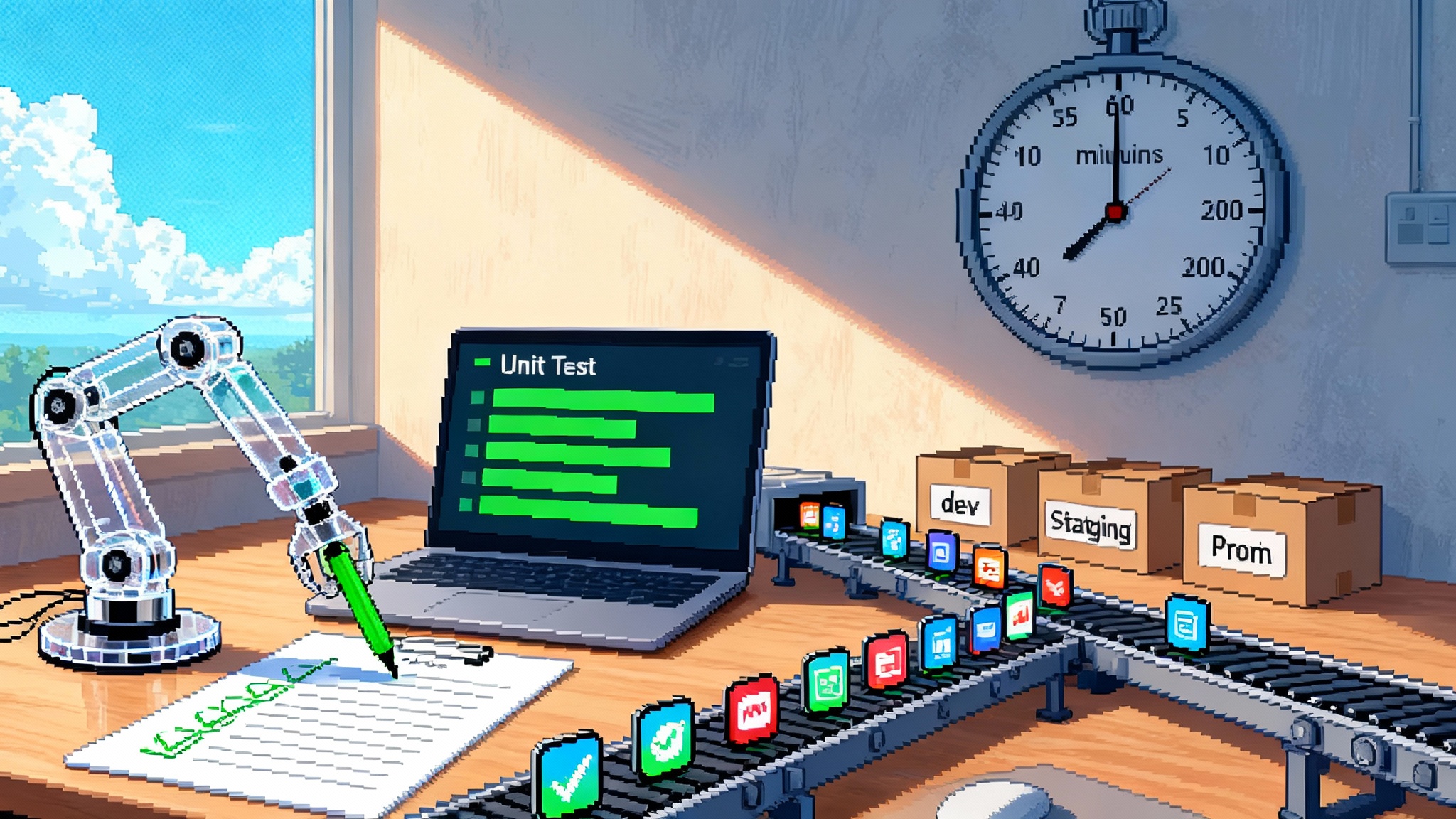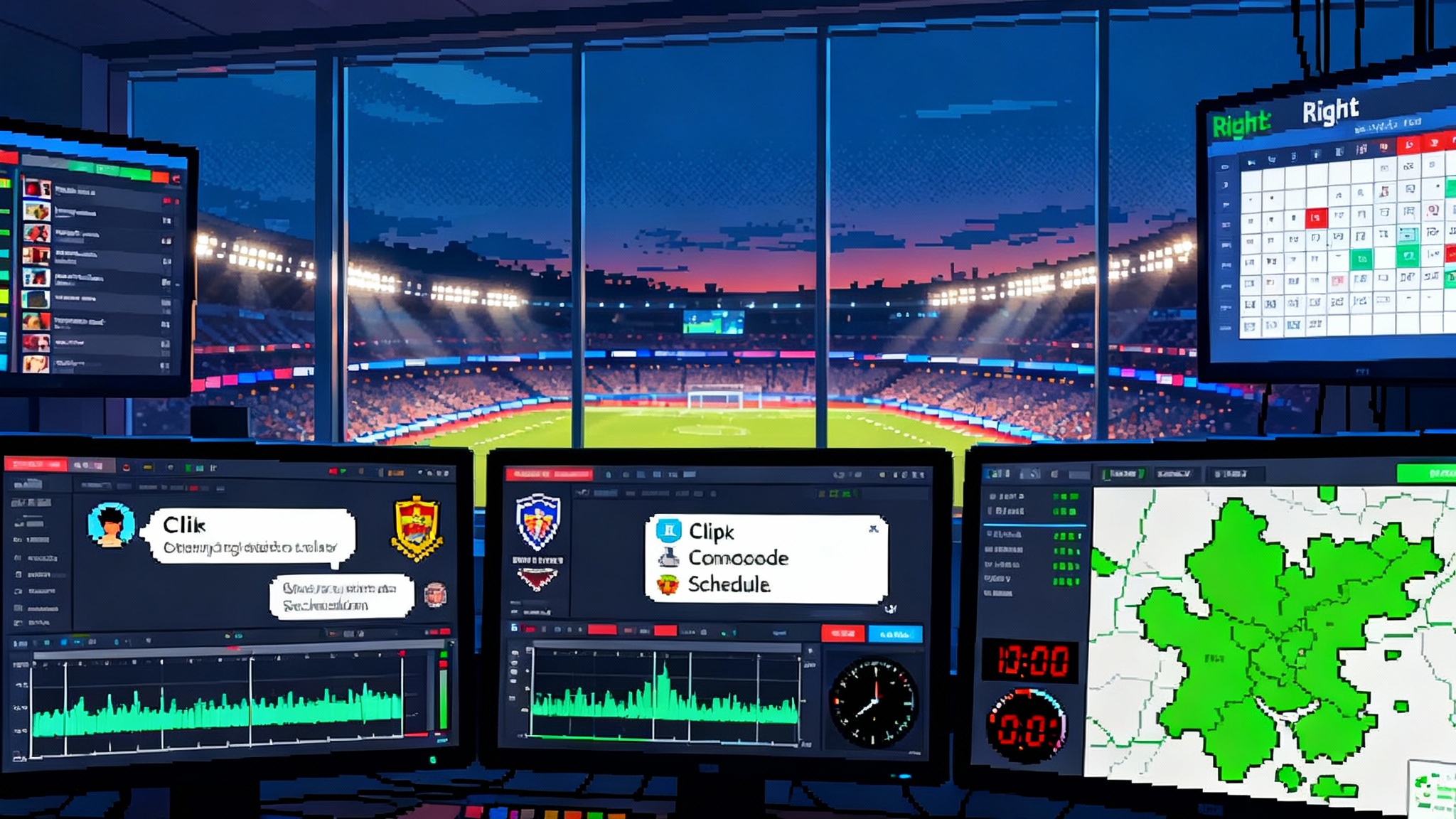Resemble AI’s Deepfake Drills Arrive for Government Buyers
On September 9, 2025, Resemble AI made deepfake-simulation drills available to agencies through Carahsoft. Here is why adversarial training will become a required control by 2026 and how defensive agents raise the bar.

Breaking: Deepfake drills go turnkey for the public sector
On September 9, 2025, Resemble AI launched a generative voice deepfake simulation platform for government buyers through Carahsoft, the large public sector distributor. The offering packages hyperreal voice simulations, detection, and analytics into a training and readiness product that agencies can procure through standard contract vehicles.
This matters because voice is now the front door for many public services. Benefit hotlines, emergency dispatch, permit centers, election support desks, and inspector call-backs all rely on people who must make fast decisions with incomplete information. Attackers know this. With a few seconds of audio, today’s tools can clone a supervisor, a vendor’s project manager, or a constituent, then chain a believable script with adaptive answers. The result is a voice that sounds right, knows just enough context, and pressures the human on the other end to move money, share data, or override policy. As we noted when voice AI goes mainstream, the barrier to realistic synthesis keeps dropping, which shifts risk to live interactions.
The new control: AI-native adversarial training
For years, agencies ran phishing emails and tabletop exercises. Useful, but today’s threats talk back. AI-native adversarial training takes the next step. It is not a one-off workshop. It is a recurring, measurable program where simulated voice and chat adversaries actively probe your people and systems under safe conditions, then feed outcomes into your security operations center, training, and procurement.
Think of it like a fire department’s live burn training. You do not only show slides about smoke patterns. You stage controlled fires, run the hoses, and time the response. AI-native adversarial training does the same for voice phishing and identity abuse. It schedules realistic calls, varies difficulty, answers objections, and records precisely where procedures break.
What changes from traditional drills:
- Real conversations, not static scripts. The simulation adapts to each employee’s responses, just like a real caller would.
- Cross-channel attack chains. A phone call followed by a texted invoice code and a confirming email mirrors how modern scams unfold.
- Telemetry you can use. Outcomes become data: which units hesitate, who escalates, where approvals are bypassed, which keywords cause confusion.
- Continuous tuning. Scenarios evolve with new tactics so playbooks evolve too.
By 2026, expect this to stop being optional. Two forces are converging. First, the risk surface is moving from inboxes to live interfaces with the public, so controls must measure real-time decision making. Second, procurement and governance policy is tightening on testing, monitoring, and operator training for high-impact uses of artificial intelligence. The direction of travel is clear. Adversarial training will be treated like annual phishing tests and continuity drills, formally tracked and auditable.
Defensive agents: software teammates for messy human moments
Defensive agents are purpose-built software actors that help staff during live interactions and run the simulations that train them.
Picture an eligibility specialist picking up a call. A defensive agent quietly evaluates acoustic features, linguistic cues, and policy context. It flags anomalies like urgent money movement requests or subtle mismatches in personal details, then nudges the agent with a simple checklist: confirm callback on the number of record, request a code phrase on file, or route to a supervisor. None of this blocks the human’s judgment. It narrows the error band when the pressure is high.
When used for drills, defensive agents do the opposite. They try to break your procedures. They show up as a cloned voice that claims to be the deputy director rushing a grant disbursement before a deadline. They keep talking when challenged. They pivot when you ask for a purchase order number. They will try two or three routes to the same mistake. Every failure or success is logged and scored.
The core building blocks that make defensive agents effective:
- Realistic voices with policy constraints. Simulations must sound human, but they also need hard guardrails so they never abuse or mishandle sensitive data.
- Scenario engines that chain steps. A credible impostor does not only speak. They send a follow-up message, reference last week’s meeting, or exploit a known vendor contract. Training must include those steps.
- Signal fusion and explainability. Combine audio fingerprints, content cues, and environment data, then explain the decision to the human in short, plain language.
- Privacy-preserving telemetry. Agencies must monitor performance without retaining unnecessary personal data. Good platforms minimize collection by default.
Hardening the security operations center playbook
Security operations center teams live by runbooks. Defensive agents and adversarial drills make those runbooks sharper and more measurable. Three practical upgrades:
- Call-risk scoring and escalation gates
- Assign a real-time risk score to inbound calls based on caller reputation, content features, and employee behavior. Scores do not decide, they route. Low risk stays with frontline, medium risk triggers a short secondary verification, high risk automatically alerts a duty officer.
- Define crisp gates. Examples: any request to change payout details, add a new vendor bank account, or discuss credentials must trigger verification in a separate channel before proceeding.
- Verification that fits the moment
- Use a rolling callback list, not a number provided by the caller. If a supervisor really needs an after-hours exception, they should already be on the list.
- Maintain call-specific code phrases for sensitive workflows, rotated quarterly. Keep phrases short and pronounceable.
- Embed procedural captchas, such as asking for nonpublic details that only a legitimate internal partner would know about a case file.
- Close the loop with data
- Treat every drill as telemetry. Push outcomes to your incident platform. Track time to challenge, time to escalate, and policy violations per scenario type.
- Run small experiments. If a new prompt on the agent’s desktop reduces errors by half, standardize it and retest next month.
If you are building agentic systems, many of these practices rhyme with runtime security for agents. The same discipline that protects automated workflows should be applied to human-in-the-loop interactions during high-risk calls.
Procurement just changed: build adversarial training into contracts
Policy is nudging agencies to test, monitor, and train operators for higher-risk uses of artificial intelligence, and to translate those expectations into acquisition rules. In October 2024, the Office of Management and Budget issued guidance that directs agencies to manage risks in AI acquisitions and to adopt minimum practices for testing, monitoring, and operator training. See the OMB responsible acquisition fact sheet for the federal framing.
What this means in practice for solicitations and vendor management:
- Put adversarial drills in the statement of work. Require the vendor to support simulated voice-phishing exercises across realistic channels, with configurable difficulty and reports suitable for audit.
- Ask for defensive-agent hooks. Require documented interfaces for your identity systems, contact center platforms, and case management tools so the drills and in-line defenses can operate where staff already work.
- Demand explainability artifacts. If a model flags a call as high risk, you need a human-readable note for the record. Specify acceptable formats and retention policies in the contract.
- Bake in privacy and data minimization. Require clear data flows, data retention limits, and deletion guarantees for audio and transcripts collected during simulations.
- Evaluate with a live bake-off. Before award, run a standardized scenario in a red team session with your staff. Score usefulness, not just accuracy metrics.
As broader agency architectures evolve, leaders will also look to emerging coordination layers. That is why we are tracking how Agent Control Towers arrive to orchestrate policies and guardrails across many agent types.
Frontline operations: where the risk lives
A dispatcher, a benefits examiner, a 311 operator, a school district receptionist, a hospital admission clerk. These jobs involve empathy, service, and constant interruptions. Attackers exploit that reality. Defensive agents and adversarial drills can help without turning service desks into interrogation booths.
Practical moves that balance service with security:
- Pre-approved exceptions. List the only reasons a frontline employee can make a sensitive change by phone, and pair each reason with a fixed verification routine.
- Second-channel callbacks that do not punish the caller. Offer to continue the conversation after a quick callback to a known number, and give the caller a short reference code they will hear on the return call.
- Micro-scripts that fit real conversations. Replace paragraph-long policy with three lines the operator can actually say when pressured.
- Quiet sidecar windows. The defensive agent should prompt for a verification step with a small nudge, not a blocking modal. Fast, visible, and dismissible after action.
- Weekly five-minute drills. One short simulated call per staff member each week improves reflexes more than a long annual class.
Why startups, not hyperscalers, are setting the pace
Large cloud providers excel at infrastructure, model hosting, and general tooling. The leading edge of defensive agents and deepfake drills, however, is unusually domain-specific and fast moving. Startups have advantages that matter here:
- Focused feedback loops. A startup building only voice simulation and defense ships weekly changes based on call center transcripts and operator interviews. That speed compounds.
- Willingness to model messy edge cases. Public services handle accents, code-switching, and low-bandwidth conditions. Specialized vendors tune for these realities because they are existential to their product.
- Contract agility. Government-focused startups often arrive through aggregators with contract vehicles already in place, which reduces procurement friction.
- Risk posture. Smaller vendors can adopt strict consent flows, watermarking, and misuse prevention as first principles rather than bolt-ons. That posture aligns with agency risk officers and eases authority to operate.
Hyperscalers will still matter. Many startups run on their clouds and use their speech primitives. But the distinct craft of simulating realistic adversaries while safeguarding operators and the public is being shaped at startup speed.
A six-month plan for agency leaders
You do not need a half-decade transformation. You need a measured sprint that sets the baseline and proves value.
Month 1: Inventory and risk framing
- Identify the top ten workflows that could cause material harm if a voice impersonation succeeded. Examples: vendor bank updates, benefits claim changes, emergency response overrides.
- Assign an owner for each workflow and write down the current verification steps and known gaps.
Month 2: Pilot defensive agents and drills
- Select one contact center or hotline for a pilot. Integrate a defensive agent in view-only mode so it can score calls without interfering.
- Run weekly simulated calls against that unit. Track challenge rate, escalation rate, and false positive friction.
Month 3: Update playbooks and training
- Turn the best-performing prompts and checklists into standard operating procedure. Publish one-page micro-scripts and retire obsolete paragraphs.
- Introduce second-channel verification for the top three sensitive changes and measure added handle time.
Month 4: Procurement alignment
- Add adversarial training, data minimization, and explainability requirements to upcoming solicitations. If a contract is already in flight, attach a small test as a pilot task order.
Month 5: Expand and automate
- Roll the defensive agent to two more units. Integrate scoring with your incident platform so risky patterns raise tickets automatically.
- Start a quarterly red team bake-off with at least two vendors to keep competitive pressure.
Month 6: Report and decide
- Brief leadership with data. Show declines in risky actions, stable service satisfaction, and a clear cost curve. Ask for a mandate to scale across the agency in the next budget window.
What to watch between now and 2026
- Procurement checklists become controls. As contract language for testing, monitoring, and operator training matures, auditors will treat adherence as a must-have, not a nice-to-have.
- Line-of-business ownership. Defensive agents will move from security-only pilots to tools that operations directors insist on because they protect service quality.
- Better metrics. The field will settle on core measures like time to challenge, time to escalate, false comfort rate, and policy-compliant save rate, which makes progress visible to leadership.
- Integration into incident response. Drills will not live in a separate portal. They will show up in the same case management and ticketing systems that staff already use.
How this connects to the wider agentic stack
Deepfake drills are one layer in a broader shift. Agencies are starting to treat agents as operational teammates with policies, telemetry, and test cycles. The learnings from drills can flow into automated workflows that gate actions or trigger human review. As agents move from prototypes to production, the need for consistent standards across identity, logging, and rollback will grow. The teams that build a steady cadence of drills will have the cleanest data and the sharpest playbooks when larger automation efforts land.
If your organization is already experimenting with code-generating assistants or workflow bots, study how leaders are deploying and testing them. Our coverage of voice AI goes mainstream and runtime security for agents outlines patterns that transfer well to frontline operations.
The bottom line
Carahsoft’s distribution turns deepfake drills from a nice idea into something agencies can buy, deploy, and measure. The next step is cultural. Treat voice and identity hardening like you treat continuity of operations. Run drills, collect data, and improve the playbook every month. Defensive agents do not replace judgment. They catch the moment when a convincing voice asks for the one exception that would do real harm. If agencies build that muscle by 2026, adversarial training will not just be another checkbox. It will be the control that keeps public services safe when the phone rings with a voice that sounds exactly right.








